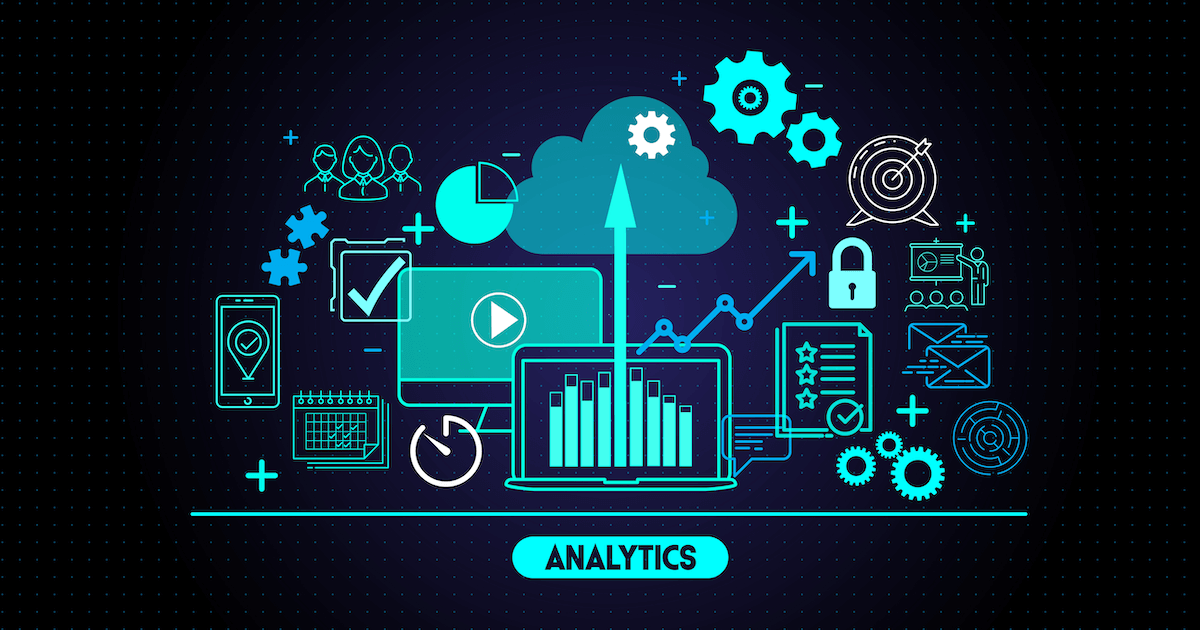
Key Aspects of Analytics
-
Data Collection:
- Gathering data from various sources such as transactional systems, social media, sensors, and user interactions. Data quality is crucial for reliable analysis.
-
Data Processing:
- Involves cleaning, transforming, and organizing raw data into a usable format. This step ensures that data is accurate and ready for analysis.
-
Data Analysis:
- Utilizing statistical methods, algorithms, and models to derive insights from data. This can range from simple descriptive statistics to complex predictive modeling.
-
Visualization:
- Presenting data in visual formats like charts, graphs, and dashboards to help stakeholders understand insights quickly and effectively.
-
Decision-Making:
- Using insights derived from data analysis to inform strategic business decisions. This can improve operational efficiency, enhance customer experiences, and drive profitability.
Types of Analytics
-
Descriptive Analytics:
- Provides insights into historical data, helping organizations understand what happened. This often includes reporting and data visualization.
-
Diagnostic Analytics:
- Focuses on understanding the causes of past outcomes, answering the "why" behind data trends.
-
Predictive Analytics:
- Uses historical data and statistical algorithms to predict future outcomes. This is commonly used for forecasting sales, customer behavior, and market trends.
-
Prescriptive Analytics:
- Offers recommendations on actions to take based on data analysis. It combines predictive analytics with optimization techniques to guide decision-making.
Tools and Technologies
Numerous tools and software are available for analytics, including:
- Excel: Widely used for basic data analysis and visualization.
- Tableau: A powerful data visualization tool that helps in creating interactive dashboards.
- Power BI: A business analytics service by Microsoft providing interactive visualizations and business intelligence capabilities.
- Python and R: Programming languages commonly used for statistical analysis and machine learning.
- SAS and SPSS: Software tools used for advanced statistical analysis and data mining.
Trends in Analytics
-
Artificial Intelligence and Machine Learning:
- AI and machine learning are increasingly being integrated into analytics to automate processes and uncover deeper insights from data.
-
Big Data Analytics:
- As organizations generate massive amounts of data, big data technologies (like Hadoop and Spark) are essential for processing and analyzing large datasets.
-
Real-Time Analytics:
- The ability to analyze data in real time allows organizations to make immediate decisions based on current information, enhancing responsiveness.
-
Data Governance:
- As data privacy regulations (like GDPR) become stricter, organizations are focusing more on data governance to ensure compliance and protect sensitive information.
Conclusion
Analytics plays a pivotal role in modern business strategy, enabling organizations to leverage data for improved decision-making and competitive advantage. As the field continues to evolve, professionals skilled in analytics will be crucial for navigating complex data landscapes.
For further information on analytics, you can explore the following resources:
These sources provide in-depth insights into various aspects of analytics, tools, and trends in the industry.
